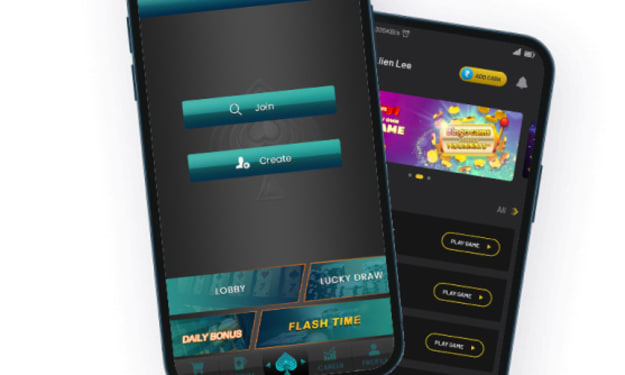The fun of mines sweeper
games entertainment

Minesweeper is a classic puzzle game where the objective is to uncover all the cells in a grid without detonating any mines. The game consists of a grid of cells, some of which contain mines and others are empty. The player has to click on a cell to reveal its contents, and if the cell contains a mine, the game is over. If the cell doesn't contain a mine, it will display the number of mines in the surrounding cells. The player must use logic to deduce where the mines are located and mark them with a flag to avoid clicking on them.
There are various versions of Minesweeper available, including classic desktop versions for Windows and online versions that can be played in a web browser. The game has a simple and addictive gameplay that has made it popular for many years.
Gameplay
Minesweeper is a puzzle video game.[1] In the game, mines (that resemble naval mines in the classic theme) are scattered throughout a board, which is divided into cells. Cells have three states: unopened, opened and flagged. An unopened cell is blank and clickable, while an opened cell is exposed. Flagged cells are unopened cells marked by the player to indicate a potential mine location; some implementations make flagged cells unopenable to reduce the risk of uncovering a suspected mine.[2]
A player selects a cell to open it. If a player opens a mined cell, the game ends in a loss. Otherwise, the opened cell displays either a number, indicating the number of mines diagonally and/or adjacent to it, or a blank tile (or "0"), and all adjacent non-mined cells will automatically be opened. Players can also flag a cell, visualised by a flag being put on the location, to denote that they believe a mine to be in that place.[1] Flagged cells are still considered unopened, and may be unflagged.[2] In some versions of the game when the number of adjacent mines is equal to the number of adjacent flagged cells, all adjacent non-flagged unopened cells will be opened, a process known as chording.
Objective and strategy
A game of Minesweeper begins when the player first selects a cell on a board. In some versions of the game the first click is guaranteed to be safe; whilst some other variants further guaranteeing that all adjacent cells are safe as well.[3] During the game, the player uses information given from the opened cells to deduce further cells that are safe to open, iteratively gaining more information to solve the board. The player is also given the number of remaining mines in the board, known as the minecount, which is calculated as the total number of mines subtracted by the number of flagged cells (thus the minecount can be negative if too many flags have been placed).
To win a game of Minesweeper, all non-mine cells must be opened without opening a mine.[1] There is no score, however there is a timer recording the time taken to finish the game. Difficulty can be increased by adding mines or starting with a larger grid.[5] Microsoft Minesweeper offers three default board configurations, usually known as beginner, intermediate and expert, in order of increasing difficulty. Beginner is usually on an 8x8 or 9x9 board containing 10 mines, Intermediate is usually on a 16x16 board with 40 mines and expert is usually on a 30x16 board with 99 mines, however this is usually customisable.
Objective and strategy
A game of Minesweeper begins when the player first selects a cell on a board. In some versions of the game the first click is guaranteed to be safe; whilst some other variants further guaranteeing that all adjacent cells are safe as well.[3] During the game, the player uses information given from the opened cells to deduce further cells that are safe to open, iteratively gaining more information to solve the board. The player is also given the number of remaining mines in the board, known as the minecount, which is calculated as the total number of mines subtracted by the number of flagged cells (thus the minecount can be negative if too many flags have been placed).[4]
To win a game of Minesweeper, all non-mine cells must be opened without opening a mine.[1] There is no score, however there is a timer recording the time taken to finish the game. Difficulty can be increased by adding mines or starting with a larger grid.[5] Microsoft Minesweeper offers three default board configurations, usually known as beginner, intermediate and expert, in order of increasing difficulty. Beginner is usually on an 8x8 or 9x9 board containing 10 mines, Intermediate is usually on a 16x16 board with 40 mines and expert is usually on a 30x16 board with 99 mines, however this is usually customisable.[2]





Comments
There are no comments for this story
Be the first to respond and start the conversation.